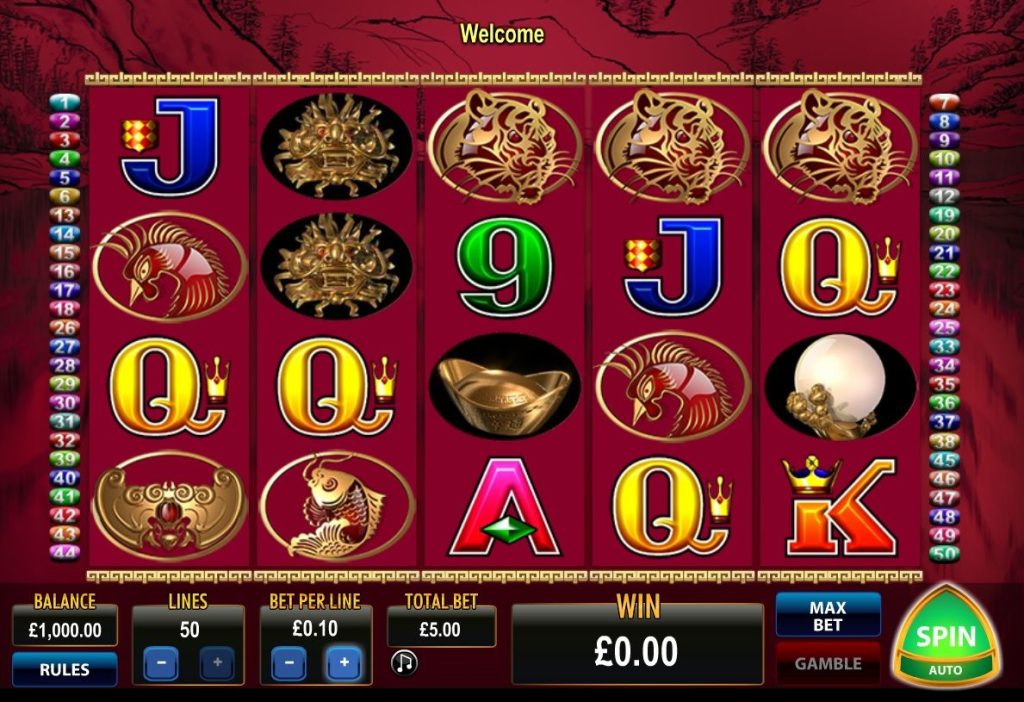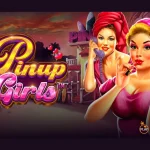Additionally, tournaments and conventions centered around dragons foster collaboration and camaraderie, emphasizing the importance of collective storytelling. As a result, the presence of dragons in gaming culture transcends mere entertainment; it cultivates a community united by a shared passion for adventure and fantasy.
The Evolution of 50 Dragons in Fantasy Literature
Fantasy literature has undergone significant transformations, yet dragons consistently occupy prominent roles. Their narratives evolve alongside societal changes, reflecting contemporary themes while retaining the core elements that made them fascinating in the first place QH88.
The Classic Dragon Archetype
Traditional fantasy literature often adheres to established archetypes, presenting dragons as antagonists that heroes must defeat. Works like J.R.R. Tolkien’s “The Hobbit” and C.S. Lewis’s “The Chronicles of Narnia” solidify this archetypical role, framing dragons as embodiments of greed, wrath, and chaos. These early representations lay the groundwork for subsequent narratives, establishing dragons as formidable foes.
Nevertheless, as the genre progressed, authors began reshaping the dragon archetype. Writers such as Anne McCaffrey in her “Dragonriders of Pern” series introduced dragons as allies rather than enemies. By depicting a symbiotic relationship between humans and dragons, McCaffrey challenged conventional narratives, emphasizing cooperation and mutual respect.
This shift paved the way for diverse representations of dragons in modern literature, inviting readers to explore themes of empathy, companionship, and unity. As the genre expanded, dragons became vessels for exploring the complexities of the human condition, thus enriching the literary landscape.
50 Dragons as Metaphors for Personal Growth
Contemporary fantasy literature often delves into personal journeys through the lens of dragon interactions. Dragons are no longer just fearsome beasts; they are catalysts for character development and self-discovery.
For example, in Naomi Novik’s “Uprooted,” dragons are intricately tied to the protagonist’s growth. The 50 dragon embodies challenges that push characters to confront their fears, face adversity, and ultimately discover their true selves. Such narratives emphasize the importance of resilience, courage, and self-acceptance, resonating with readers who seek meaningful connections with the characters they encounter.
Furthermore, dragons in literature can reflect internal struggles, acting as manifestations of a protagonist’s doubts or insecurities. In Patricia A. McKillip’s “The Riddle-Master Trilogy,” characters confront dragons that symbolize personal dilemmas, allowing them to navigate their paths towards growth and redemption.
These layers of metaphor lend depth to dragon narratives, transforming them into rich explorations of the human psyche while simultaneously captivating readers with their fantastical allure.
The Future of 50 Dragons in Literature
As fantasy literature continues to evolve, the future of dragons holds exciting possibilities. New voices emerging in the genre are challenging established norms and redefining the dragon archetype. Diverse perspectives promise fresh takes on dragons, investing in narratives that emphasize inclusivity and empowerment.
Authors increasingly experiment with dragons that break away from traditional tropes, crafting stories that focus on their complexity rather than fitting them neatly into predefined categories. In works such as “Serpent & Dove” by Shelby Mahurin, dragons reveal more intricate motivations and relationships, allowing for nuanced storytelling that resonates with contemporary readers.
Moreover, the rise of speculative fiction encourages exploration beyond traditional fantasy settings. Dragons may inhabit futuristic worlds or alternate realities, prompting readers to reconsider their preconceptions and adapt to new contexts. Such innovations ensure that dragons remain relevant, serving as vehicles for thought-provoking commentary on society and the human experience.
As the literary landscape expands, 50 dragons will undoubtedly continue to inspire awe and wonder, captivating readers with their enduring charm while inviting reflection on broader themes of identity, belonging, and transformation.


